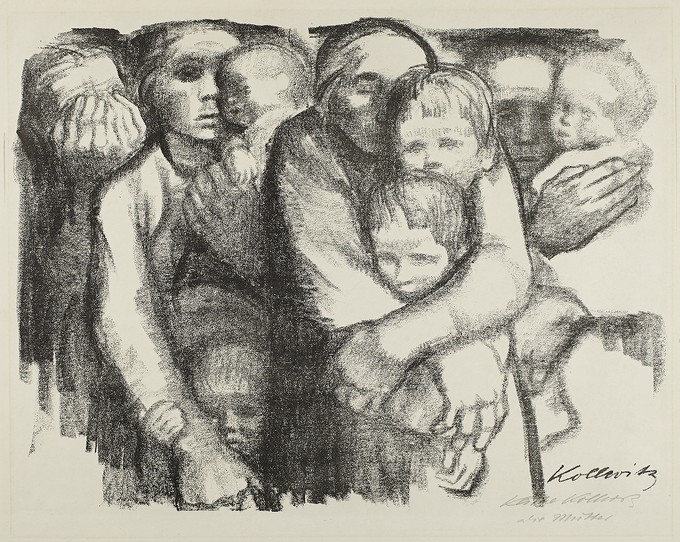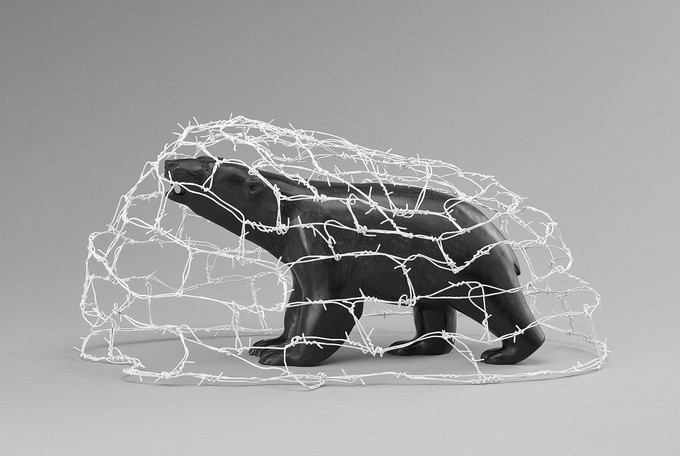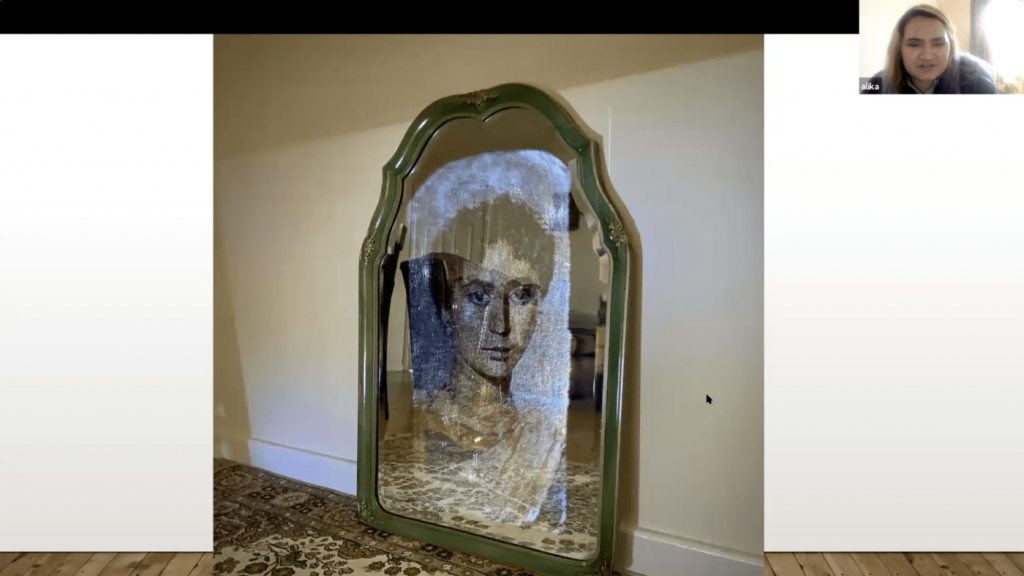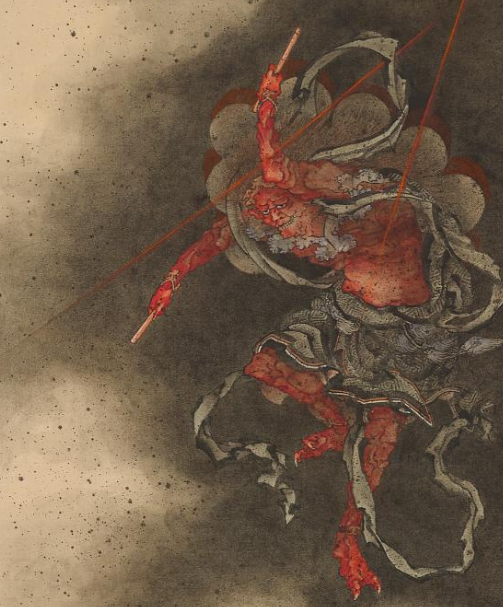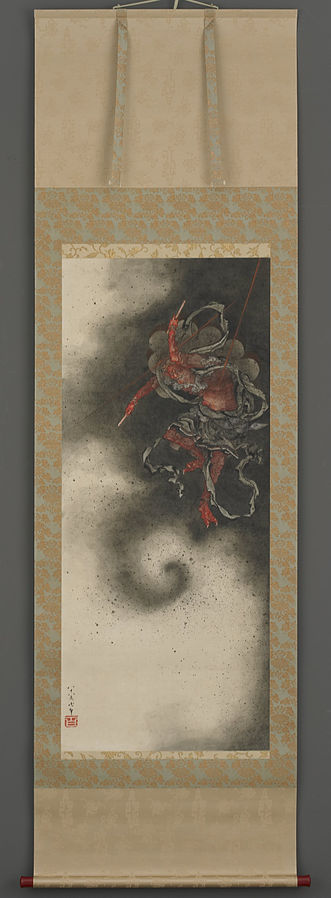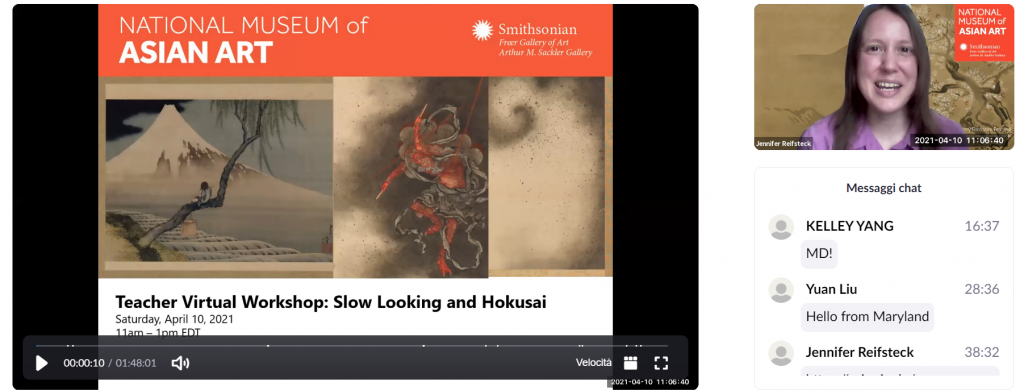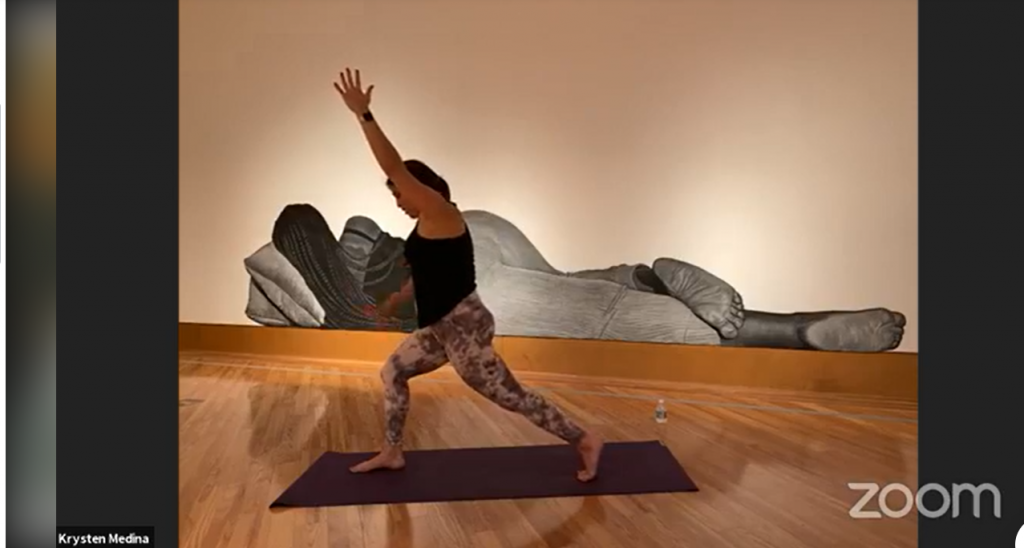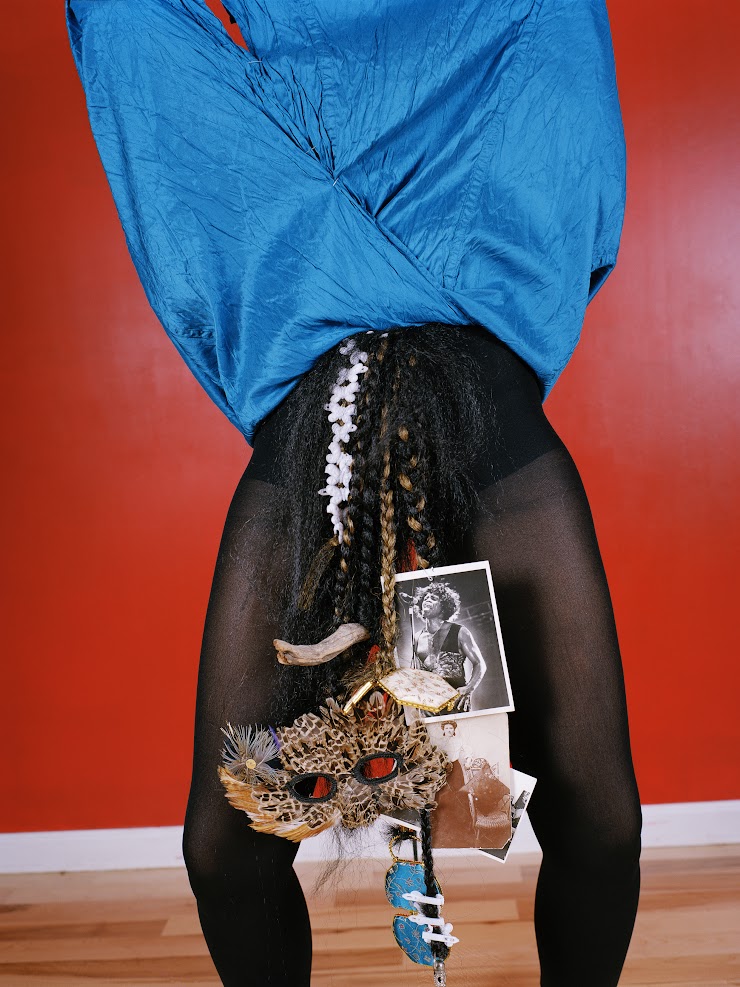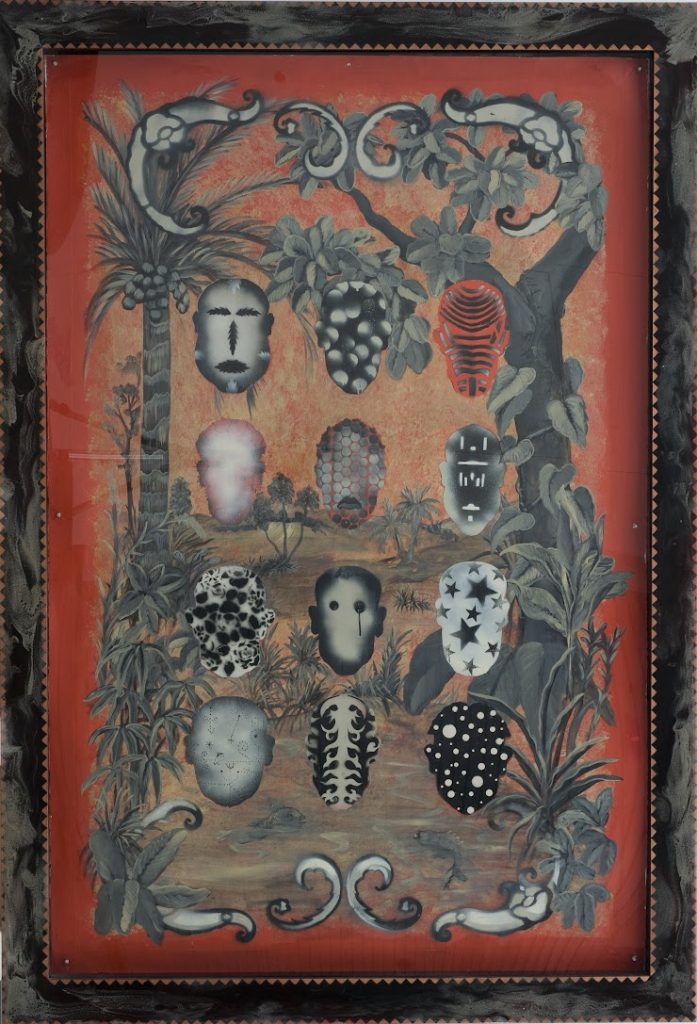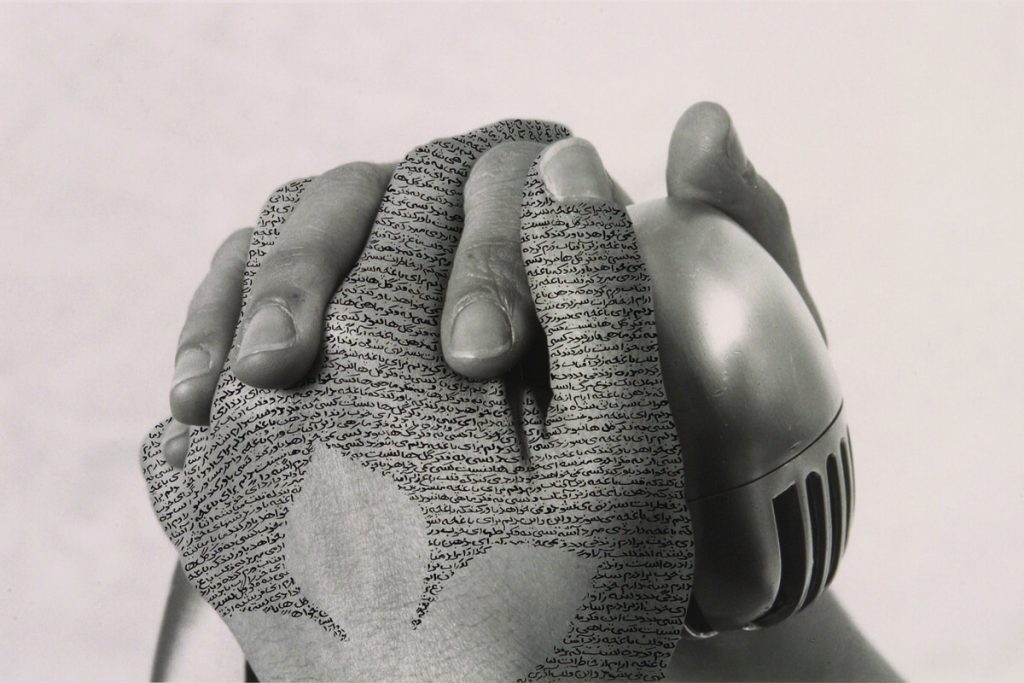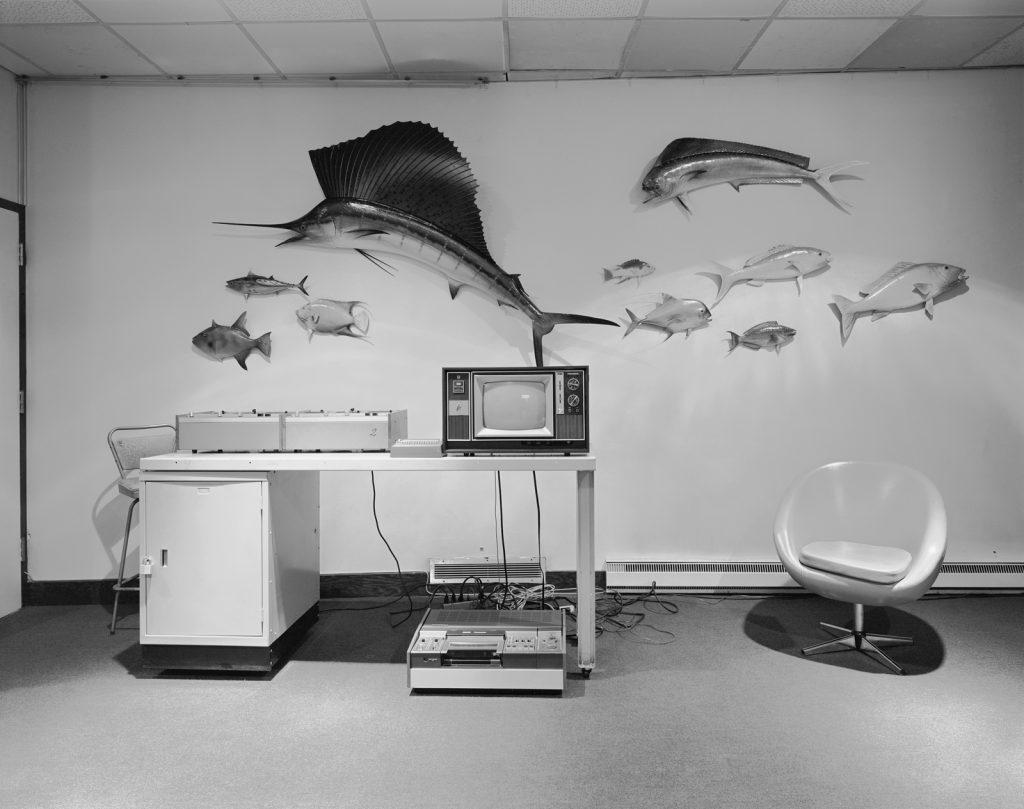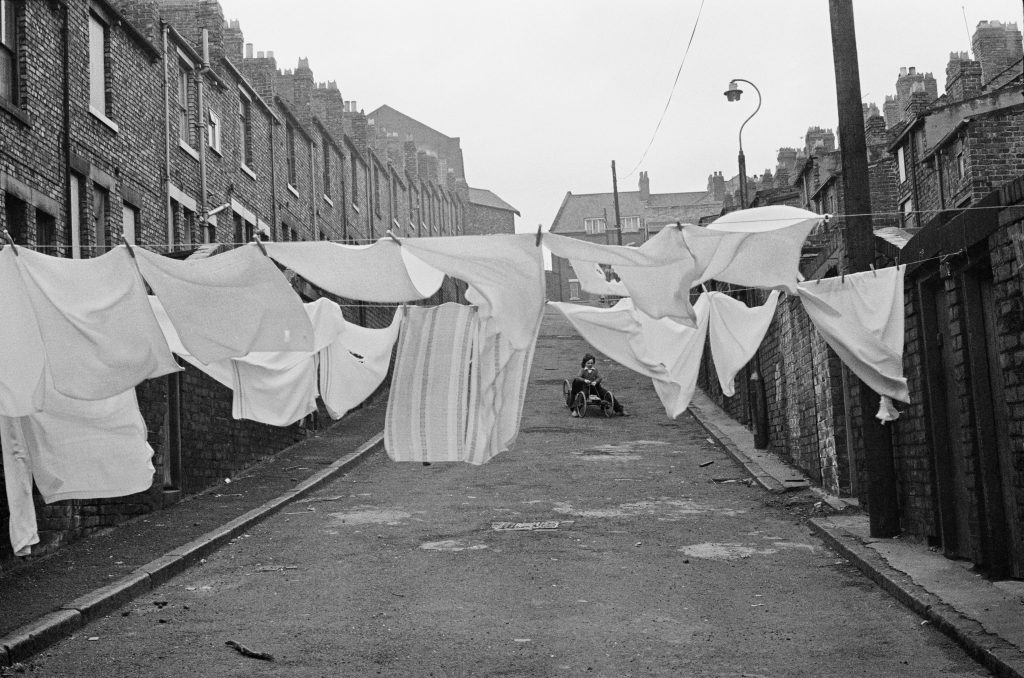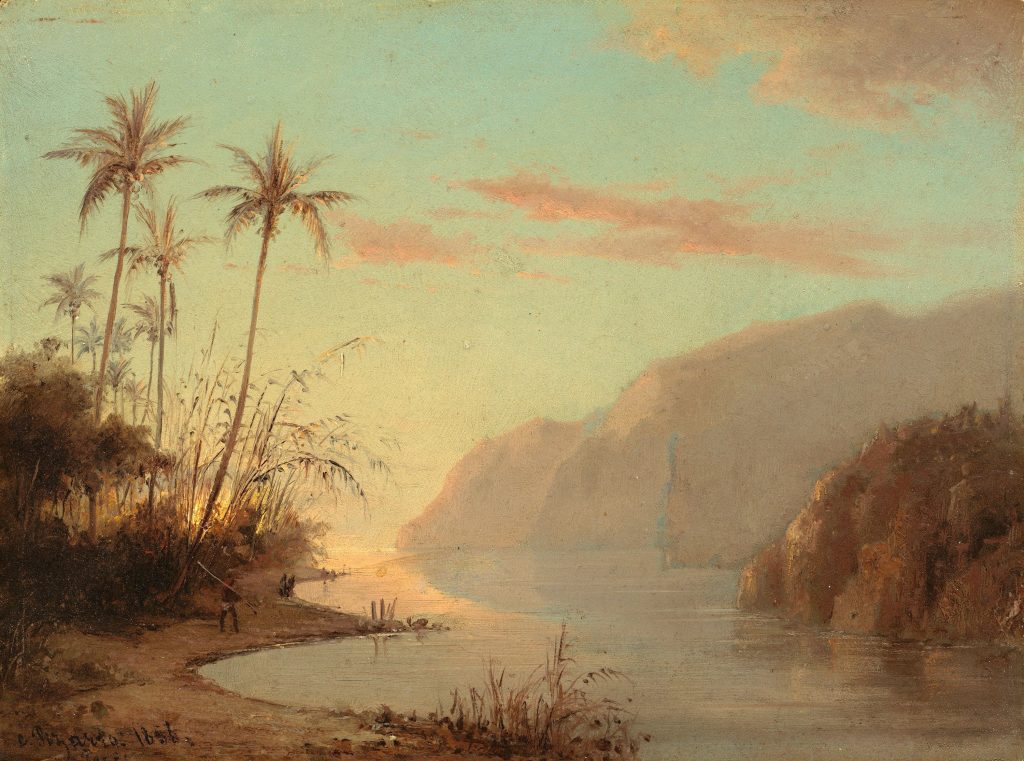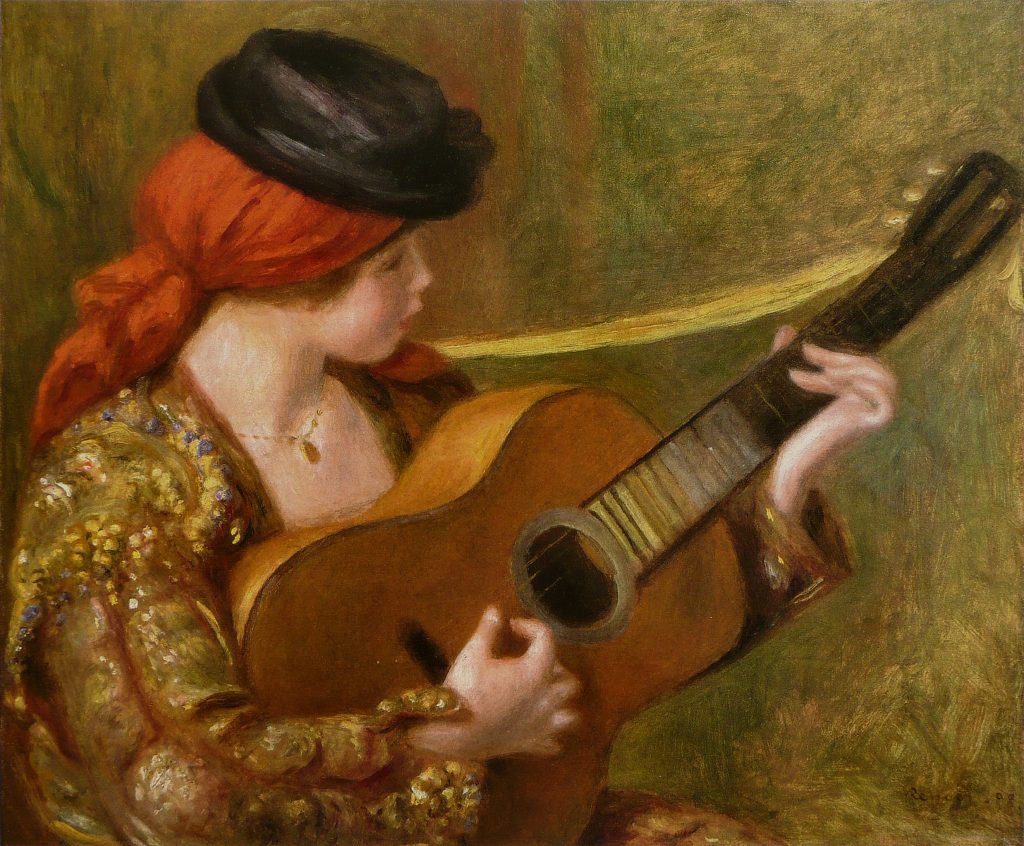For its 10th Slow Art Day, the National Museum of Women in the Arts (NMWA) in Washington DC celebrated a week of events. And because the museum’s historic building was closed for a major renovation until October 2023, the April 2023 events were hosted virtually.

For Slow Looking Week, the NMWA published a PDF with slow looking prompts and instructions, which is viewable below.
The theme for this year’s events was “A Growing Collection,” featuring recent acquisitions by the NMWA from 2021 and 2022. For the week, a selection of the artworks were uploaded to the NMWA’s Lightbox: 2023 Slow Art Day virtual art gallery. These could be viewed by participants in the week leading up to the 15th, when the NMWA hosted a Zoom meeting where all artworks could be discussed live.
Ahead of the Zoom meeting, all participants were encouraged to consider questions about the role of the art museum, including:
- Which museum collection has spoken most to you? What about it resonated with you? Whose faces and voices were represented?
- What should an art museum’s collection look like?
- What do you want to see more of in art museums? Less of?
During the Zoom meeting, the group was divided into breakout rooms, in which each person was invited to select an image from the Lightbox options, and the whole group was asked to discuss using the Harvard Project Zero prompts See/Think/Wonder.
Following this, all groups came back together to share experiences of and reflect on process of looking together. Attendees called in from Canada, the United Kingdom, DC, FL, IL, MD, NJ, and NY. For 60% of the attendees, 2023 was their first Slow Art Day experience.
At the end of the Zoom event, participants were asked what they enjoyed the most about the slow looking experience. Here’s a selection of their answers:
- “Hearing other people’s experiences and seeing more through their eyes.”
- “Talking with just a few people at a time. I could talk a bit more than normal.”
- “The shared experience; the opportunity to give over to LOOKING, observing, talking, and reflecting.”
- “Breakout session, taking the time to understood what and why each of us chose specific artworks & how we all came with different background and observations.”
Everyone said that they would love to attend another Slow Art Day.
We at Slow Art Day are big fans of the NMWA – for many reasons including that they are real leaders in the global Slow Art Day movement. We hope more museums imitate their weeklong activities. And now that the NMWA has reopened, we look forward to what they come up with for Slow Art Day Week 2024.
– Johanna, Ashley, Jessica Jane, and Phyl

